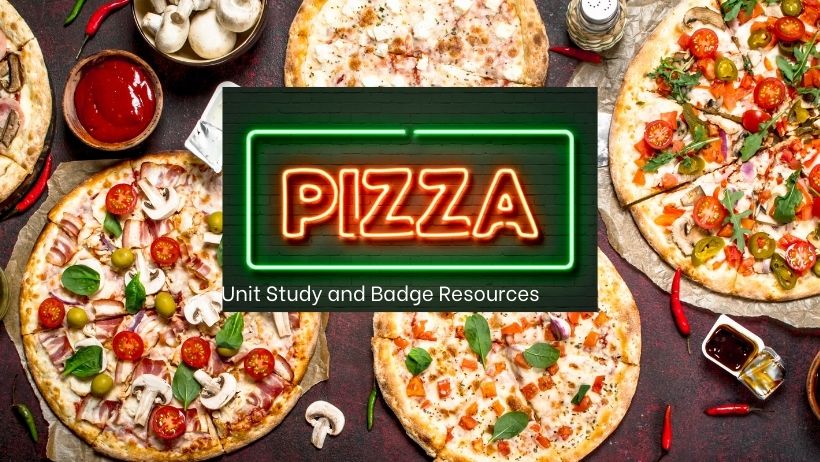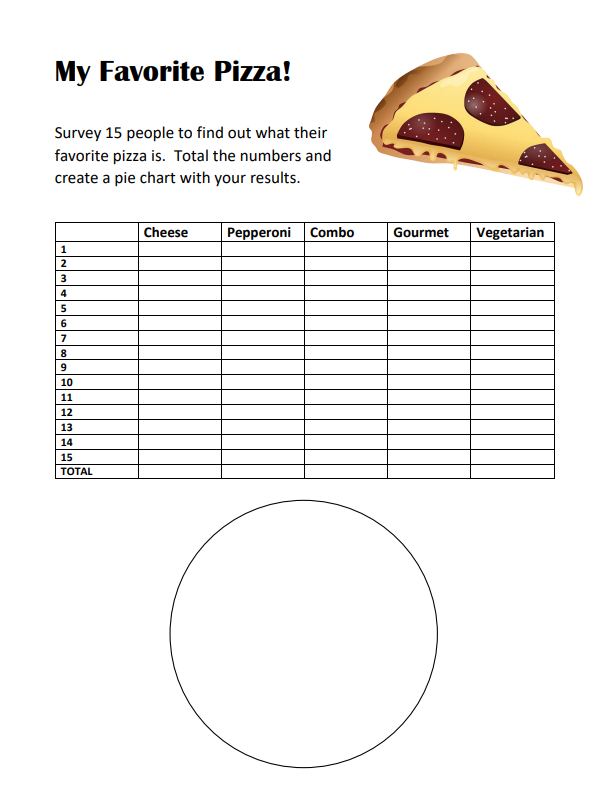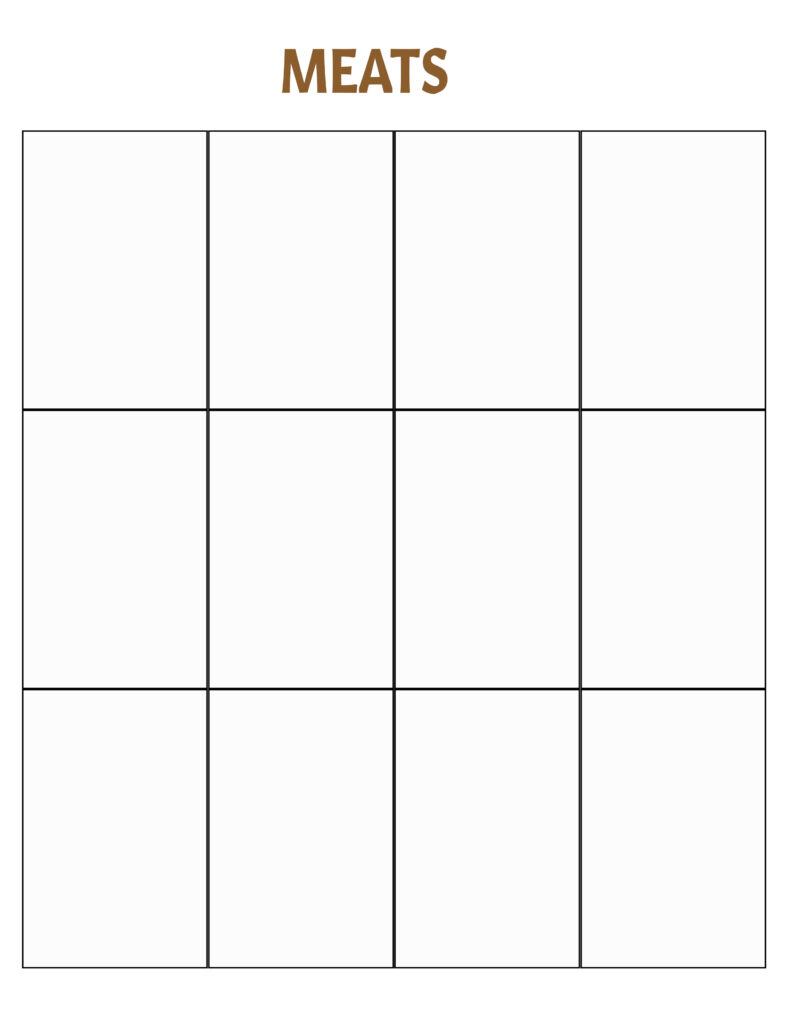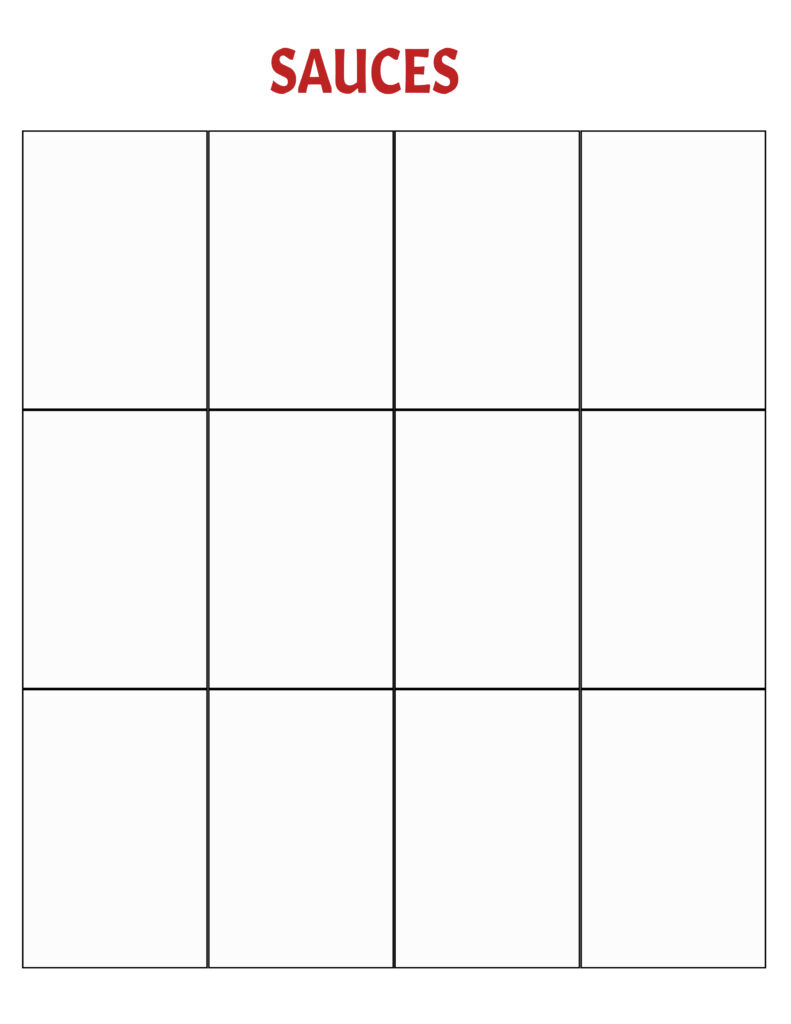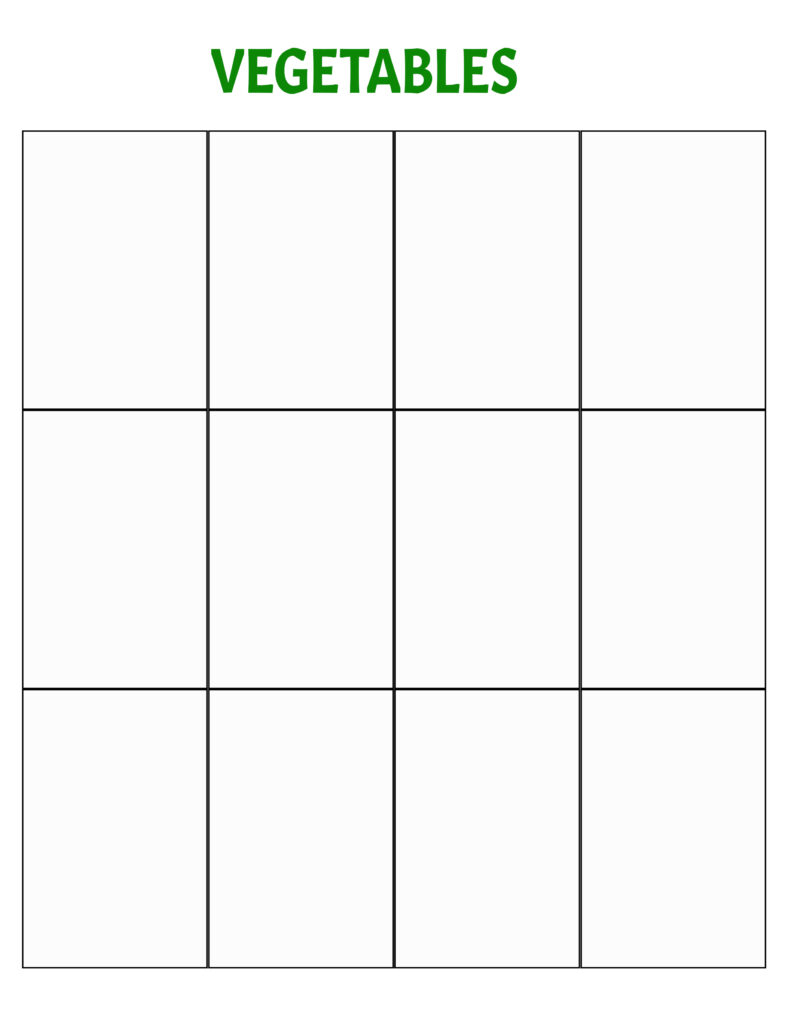Pizza Unit Study and Badge Resources
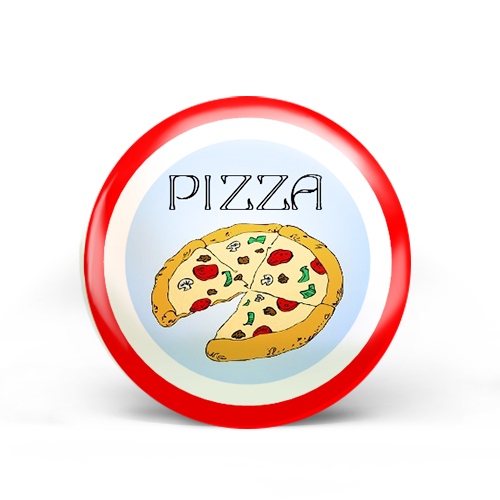
Who doesn’t love pizza? This delicious portable food has been an American favorite for decades. Use our free Pizza Unit Study to earn your Pizza badge. Other badges you may wish to earn alongside include topics like Italian Culture, World Geography ( specific), Cooking or Restaurants.
The History of Pizza
While pizza as we know it is a fairly new food, flat breads with toppings have been around for thousands of years. The Greeks used flat breads as plates topped with stews, meats, vegetables or fruits. Injera, an Ethiopian flatbread is still used for this purpose today and is a mainstay of Ethiopian cuisine. What we think of as pizza really began when the tomato was brought to Europe from America in the 16th century. Since the tomato is part of the nightshade family, many Europeans assumed they were poisonous. During the famine in the 18th century, poor people around Naples took a chance though and started topping their flatbread with tomatoes and cheese and/or anchovies as their main dish and the beginnings of pizza was born.
Antica Pizzeria Port’Alba in Naples, Italy is regarded as the world’s first pizzeria and is still in business today. They began as a pizza bakery in 1738, providing street vendors with pizzas, and expanded to include a pizza restaurant with chairs and tables in 1830. From there, pizza migrated to America in the late 1800’s with a wave of Italian immigrants. Italian toppings such as pepperoni, sausage, and vegetables have remained favorite toppings for over 100 years.
As with most foods though, pizza has evolved over the years with a variety of people and places putting their own spin on it. In the early 1940’s deep dish pizzas made their debut in Chicago. In the early 1980’s, Wolfgang Puck became known for his “gourmet” pizzas. Toppings that no one had thought of before such as duck sausage with goat cheese and pesto were suddenly found on top of a pizza.
Today, pizza parlors can be found in nearly every town in America and fancy restaurants all over the world serve their own gourmet versions of “pizza.”
To Do: Make a pizza at home. If possible, make your own dough, but store bought dough can be used as well.
To Do: Pizza has evolved over the years as people’s tastes have changed. What a pizza is topped with changes from culture to culture. Conduct a survey of friends and family to see what type of pizza they prefer. Are the results what you anticipated? Create a pie chart from your findings. What percentage of people prefer pepperoni? What percent prefers cheese only?
Fulfills starred requirement #2
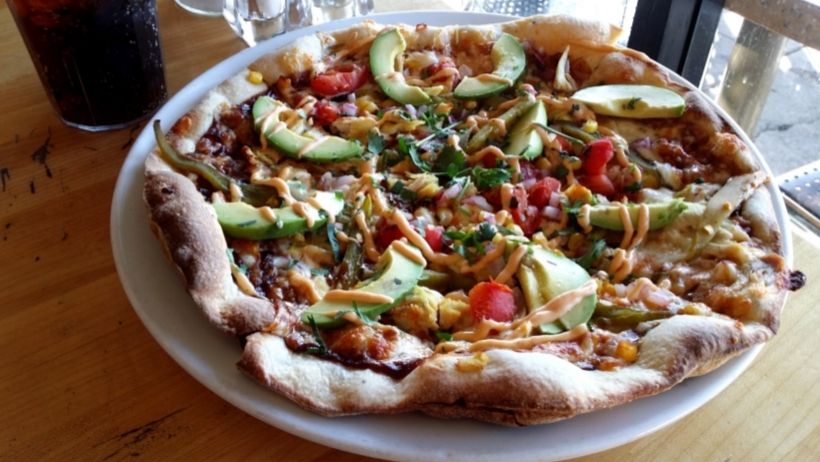
Gourmet Pizzas
Gourmet pizzas have become one of the fastest growing segments of the pizza industry. While Pepperoni with mozzarella is still a classic favorite, more eclectic toppings like BBQ chicken and goat cheese or friend eggs and bacon have skyrocketed in popularity. Taste.com has a blog with 100 different gourmet pizza ideas.
To Do: Create your own “gourmet” pizza recipe. Get creative. What unique items can you use for the crust, sauce, cheese and toppings? What flavors do you think will go well together. Make your gourmet pizza and divide it among family or friends for a taste test. What did they think? What changes might you make the next time?
Fulfills optional requirement #10
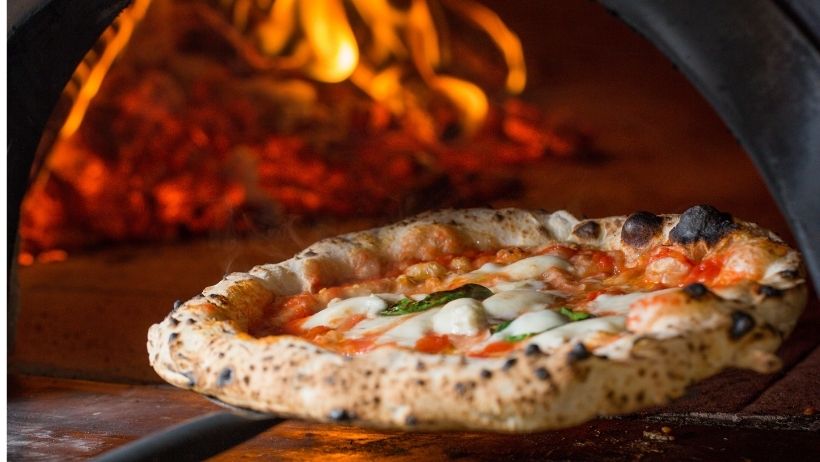
Pizza Cooking Methods
A well-cooked pizza requires intense heat that is evenly distributed across the surface of the crust while simultaneously maintaining the perfect ambient temperature to cook the toppings before the crust burns. Different ovens each cook in a distinct way resulting in pizzas with different tastes and textures even if the same recipe is used.
Commercial pizza ovens produce pizza that most of America is familiar with with a crisp crust and perfectly cooked toppings. These ovens are designed specifically to cook pizza. Many prefer the taste of wood fire pizza ovens however that impart a slight smokey flavor to the pizza and crisper crust.
Cooking good pizza at home is a bit more difficult. Conventional ovens don’t get hot enough to yield the perfect crust. Some people like to cook their pizza on a BBQ. While a grill will give you the high levels of heat needed to generate a good crust, the toppings don’t get enough heat before the crust burns so they are usually under cooked. Microwave pizzas can be found in the freezer section of most grocery stores, but a microwave pizza frequently results in a soft and soggy, rubbery or chewy or dry or hard crust.
To Do: Try pizzas cooked with different methods. As a control, order or cook the same basic pizza like pepperoni and cheese. Order one pizza from a restaurant that uses wood fire and one that uses a conventional oven. Then bake a pizza in your oven at home and try a microwaved pizza. Which did you prefer and why?
Fulfills optional requirement #9
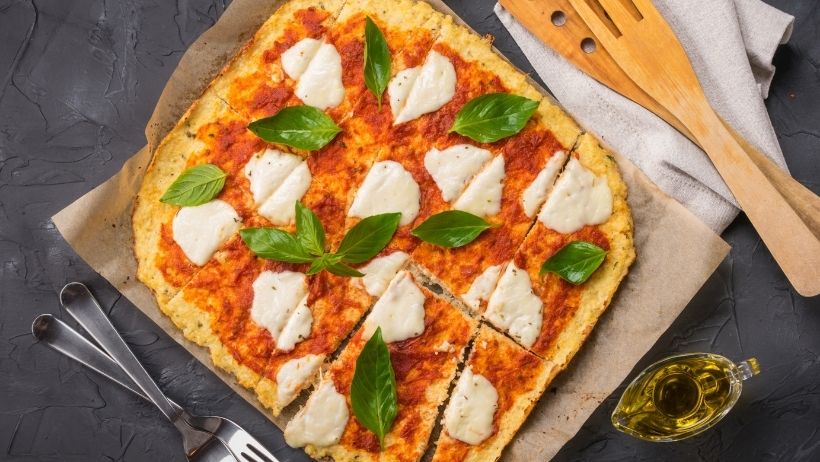
Pizza for Special Diets
Just about everyone loves pizza in one form or another, but traditional pizzas include ingredients that can frequently cause allergic reactions such as lactose or gluten. More and more pizza parlors are creating alternatives on their menus for those with special dietary needs. From gluten free or cauliflower pizza crusts to non-dairy cheese and a variety of sauces, there is now a pizza for just about everyone.
To Do: Call various pizza parlors in town or look up their menus online. How many have options for those with special dietary needs? What other options do you think they could offer that would appeal to people with food allergies?
To Do: Learn to make a cauliflower crust.
Cauliflower Crust
- 1 head cauliflower – riced
- 2 large eggs
- 1/2 cup shredded mozzarella cheese
- 2 Tbsp parmesan
- 1 Tbsp Italian seasoning
- Salt and pepper to taste
Preheat oven to 425 degrees.
Line a baking sheet with parchment paper.
Steam cauliflower or cook in the microwave for 4-5 minutes until soft. Let cool. Using cheese cloth, squeeze all the moisture out of the cauliflower. You can also use paper towels, but they can rip easily and you may need to change them out several times. Remove as much water as possible from the cauliflower. Too much moisture will result in a soggy crust.
Transfer cauliflower to a large bowl and add the eggs, cheeses and seasoning. Add salt and pepper to taste. Mix together until well blended.
Spread cauliflower mixture onto the parchment lined baking sheet into a 15×10″ rectangle. Bake for 12-15 minutes. If you want a slightly crispier top, spray lightly with cooking spray before baking.
Top with your choice of sauce, cheese and toppings and bake an additional 3-5 minutes until the cheese has melted. Try not to use too many toppings that have high moisture content such as large pieces of bell pepper or onions as these will add moisture back into the crust and can make it soggy.
Its All About the Toppings
While the crust is what makes a pizza a pizza, it is the toppings that give it the flavor. Most pizza’s will have a minimum of a sauce and some type of cheese, but even those rules can be bent. The key is to combine ingredients whose flavor profiles blend well. Think about what flavors taste good together. There is a reason that pineapple is not usually found on a pizza that uses ranch dressing as a sauce.
To Do: Write down possible sauces, cheeses, meats and vegetables that you could put on a pizza on the cards below. Then cut apart the cards and place face down in 4 piles, one pile for each topping type. Shuffle the cards in each pile and randomly draw one from each. Would this pizza taste good? Why or why not?
Fulfills an optional requirement
Why Do they Toss Pizza Dough?
There are two main reasons that pizza dough is tossed in the air to make the crust. The first is to expand the dough to the size you want while making it thicker on the edges and thinner in the middle. The second is that as the dough is tossed, it dries out the edges which results in crunchy edges and a light airy center.
To Do: Learn to toss pizza dough! Once you get good at tossing your dough, try a trick or two. Try practicing with a damp dish towel.
Fulfills optional requirement #12
Follow our Facebook page for badge of the week posts and other resources. For planning purposes you can see which badges will be featured on our badge of the week calendar. You can also sort and search articles by topic on our main blog page. If you are not already a member, check out our membership pricing page.

